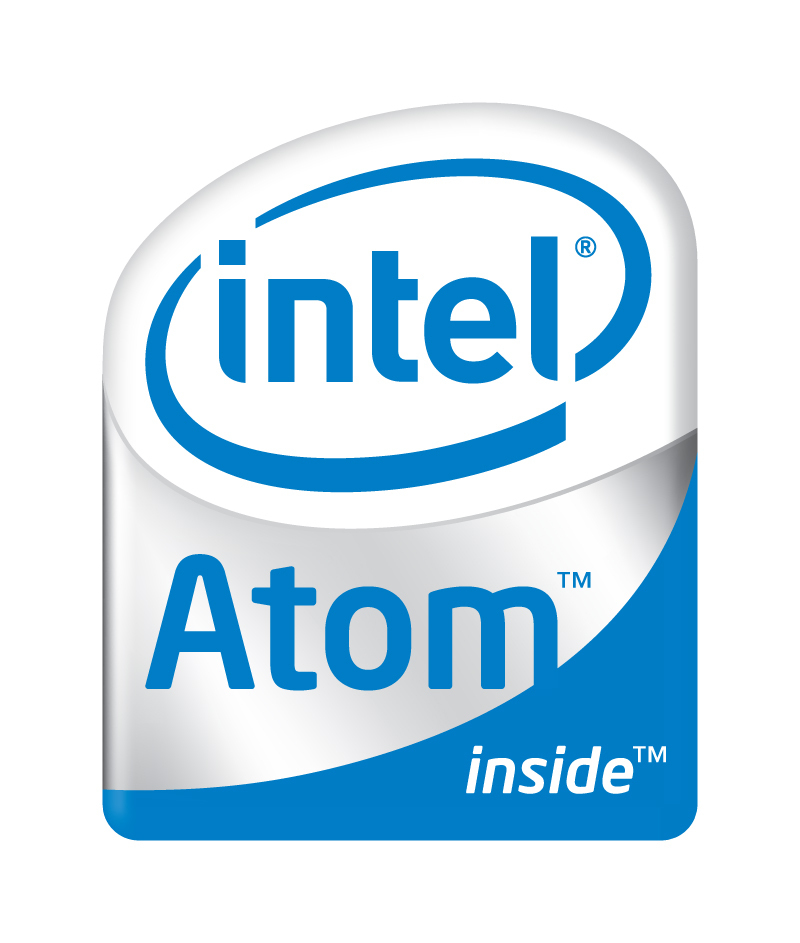Intel, TSMC Agree to Make Atom-based SoCs
Intel announced earlier this morning that it has reached an agreement with chip manufacturer TSMC, and will send its Atom processor CPU cores to TSMC for System on Chip (SoC) applications.
Intel, which normally does its chip production at its own factories, is lending its Atom technology including processes, IP, libraries, and design flows to TSMC. While TSMC won’t be taking over production of the Atom chips that are sitting inside netbooks, the agreement will let the little Intel chip spread its wings into other applications.
Right now, the Atom simply powers the little notebooks and little desktops, but Intel figures that the low-power CPU could find homes in other consumer devices. Designers looking to create a System on Chip could quickly incorporate a Intel’s Atom technology without having invest in creating new technology. While resources would go into licensing the technology, such companies could accelerate bringing products to market.
"We believe this effort will make it easier for customers with significant design expertise to take advantage of benefits of the Intel Architecture in a manner that allows them to customize the implementation precisely to their needs," said Paul Otellini, Intel president and CEO. "The combination of the compelling benefits of our Atom processor combined with the experience and technology of TSMC is another step in our long-term strategic relationship."
At 47 million transistors, the Atom is Intel’s smallest and most energy efficient chip, consuming a little as 2W. Aside from being inside netbooks, (for which it has succeeded very well), Intel envisioned the Atom to make its way into smartphones and other consumer electronics. Such products, however, would likely involve putting the Atom processor in a manner that doesn’t involve mounting it on the usual GSE945 -- which is where special SoC designs come into play.
"TSMC values our strategic relationship with Intel. This [memorandum of understanding] brings together the Intel Architecture and the TSMC technology platform. We expect this collaboration will help proliferate the Atom processor SoC and foster overall semiconductor growth," said Dr. Rick Tsai, president and CEO of TSMC.
Get Tom's Hardware's best news and in-depth reviews, straight to your inbox.
-
enewmen I don't understand why Intel didn't do this a long time ago. Seems intuitive for me. Nvidia got the idea much sooner.Reply
My only guess is using the GSE945 will save a few pennies in the short term.
Also, why will Intel need (or want) TSMC to help make the SoC?
Anyway, the sooner Intel makes the SoC, the better. -
neiroatopelcc enewmenI don't understand why Intel didn't do this a long time ago. Seems intuitive for me. Nvidia got the idea much sooner.My only guess is using the GSE945 will save a few pennies in the short term.Also, why will Intel need (or want) TSMC to help make the SoC? Anyway, the sooner Intel makes the SoC, the better.I don't think intel is interested in investing in so much r&d for those custom systems, if they can find others to do that and just profit on the licenses.Reply -
enewmen neiroatopelccI don't think intel is interested in investing in so much r&d for those custom systems, if they can find others to do that and just profit on the licenses.I don't see it as custom systems. I just see it as "nano" motherboards that can fit in many small spaces.Reply -
It'd be nice to see mobo's being developed with upto 4 sockets, each of which one can put an ATOM processor in.Reply
Since the Atom processor only adds 2Watts one could significantly boost their OS, while only increasing a couple of watts on CPU power!
It'd be lovely to see an 'atom-pc', being powered by 2, or 3 Atom CPU's!
And though on singlethreaded applications there is little gain, multithreaded applications will experience e nice boost!
But I doubt we'll see much of that coming to pass..

